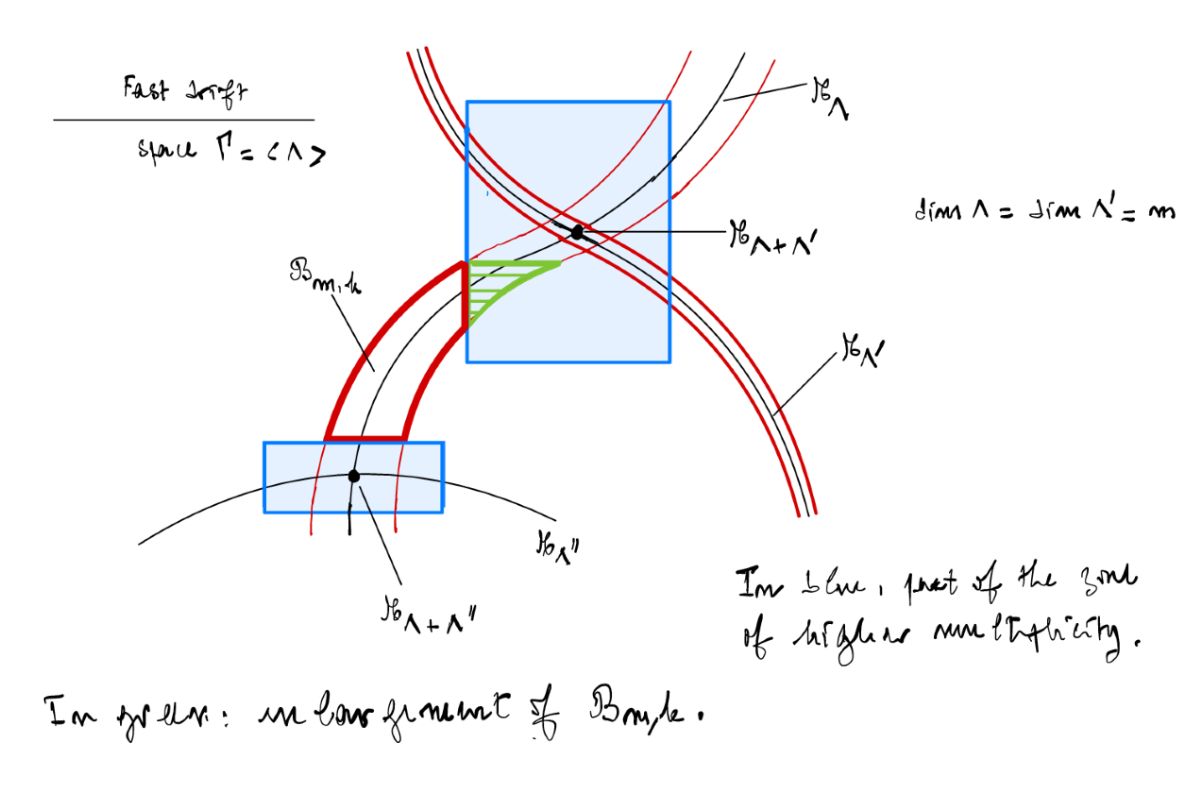
Ever wondered how some systems in physics and astronomy remain stable over incredibly long periods? The Nekhoroshev Theorem might just be the answer. This mathematical gem explains why certain dynamical systems, like planetary orbits, don't go haywire over time. Named after Nikolai Nekhoroshev, this theorem provides a framework for understanding the near-integrability of Hamiltonian systems. It shows that small perturbations in these systems lead to only minor changes over exponentially long timescales. This stability is crucial for predicting the behavior of celestial bodies and even for designing stable orbits for satellites. Dive into these 29 facts to grasp the essence and significance of the Nekhoroshev Theorem!
What is Nekhoroshev Theorem?
Nekhoroshev Theorem is a fascinating concept in the field of dynamical systems. It deals with the stability of nearly integrable Hamiltonian systems over long periods. This theorem has profound implications in physics, particularly in celestial mechanics and the study of planetary motion.
- Nekhoroshev Theorem was formulated by Nikolay Nekhoroshev in 1977.
- It provides a method to estimate the time over which a nearly integrable Hamiltonian system remains stable.
- The theorem is significant in understanding the long-term behavior of planetary systems.
- It shows that small perturbations in a system do not lead to immediate chaos.
- The theorem applies to systems that are close to being integrable, meaning they can be described by action-angle variables.
Key Components of Nekhoroshev Theorem
Understanding the key components of Nekhoroshev Theorem helps in grasping its applications and implications. Here are some crucial elements that make up this theorem.
- Hamiltonian Systems: These are systems governed by Hamilton's equations, describing the evolution over time.
- Integrable Systems: Systems that can be solved exactly in terms of action-angle variables.
- Perturbations: Small changes or disturbances in the system that can affect its behavior.
- Stability: The ability of a system to return to equilibrium after a disturbance.
- Exponential Stability: Nekhoroshev Theorem shows that stability can last exponentially long in terms of the size of the perturbation.
Applications in Celestial Mechanics
Nekhoroshev Theorem has significant applications in celestial mechanics, helping scientists understand the stability of planetary orbits and other astronomical phenomena.
- It helps predict the stability of planetary orbits over millions of years.
- The theorem is used to study the motion of asteroids and comets.
- It aids in understanding the long-term evolution of the solar system.
- The theorem provides insights into the stability of satellite orbits.
- It is crucial in the study of resonances in planetary systems.
Mathematical Implications
The mathematical implications of Nekhoroshev Theorem are vast, influencing various fields of study beyond physics and astronomy.
- It has applications in the study of partial differential equations.
- The theorem is used in the analysis of stability in mechanical systems.
- It influences the study of chaotic systems and their behavior.
- The theorem provides a framework for understanding the transition from order to chaos.
- It is used in the study of quasi-periodic motions in dynamical systems.
Challenges and Limitations
Despite its profound implications, Nekhoroshev Theorem has its challenges and limitations, which are important to consider.
- The theorem requires the system to be nearly integrable, limiting its applicability.
- It provides estimates for stability time, not exact values.
- The mathematical complexity of the theorem makes it difficult to apply in some cases.
- It assumes small perturbations, which may not always be the case in real-world systems.
- The theorem does not account for all possible types of perturbations.
Future Research Directions
Nekhoroshev Theorem continues to be a subject of research, with scientists exploring new directions and applications.
- Researchers are studying the theorem's implications in quantum mechanics.
- There is ongoing research into extending the theorem to non-Hamiltonian systems.
- Scientists are exploring the theorem's applications in climate modeling.
- The theorem is being studied in the context of biological systems and their stability.
Final Thoughts on Nekhoroshev Theorem
Nekhoroshev Theorem is a fascinating piece of mathematical theory. It shows how small perturbations in nearly integrable Hamiltonian systems can lead to stability over long periods. This theorem has applications in celestial mechanics, quantum mechanics, and dynamical systems. It helps scientists understand the long-term behavior of planets, asteroids, and other celestial bodies. The theorem's implications extend beyond just theoretical mathematics, offering practical insights into real-world phenomena. Understanding Nekhoroshev Theorem can provide a deeper appreciation for the stability and predictability of complex systems. So, whether you're a math enthusiast or just curious about how the universe works, this theorem is a cornerstone worth knowing. Keep exploring, keep questioning, and let the wonders of mathematics guide your journey.
Was this page helpful?
Our commitment to delivering trustworthy and engaging content is at the heart of what we do. Each fact on our site is contributed by real users like you, bringing a wealth of diverse insights and information. To ensure the highest standards of accuracy and reliability, our dedicated editors meticulously review each submission. This process guarantees that the facts we share are not only fascinating but also credible. Trust in our commitment to quality and authenticity as you explore and learn with us.
